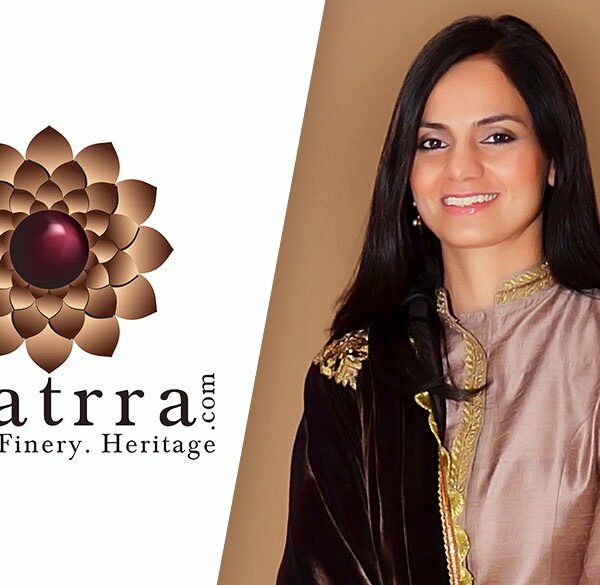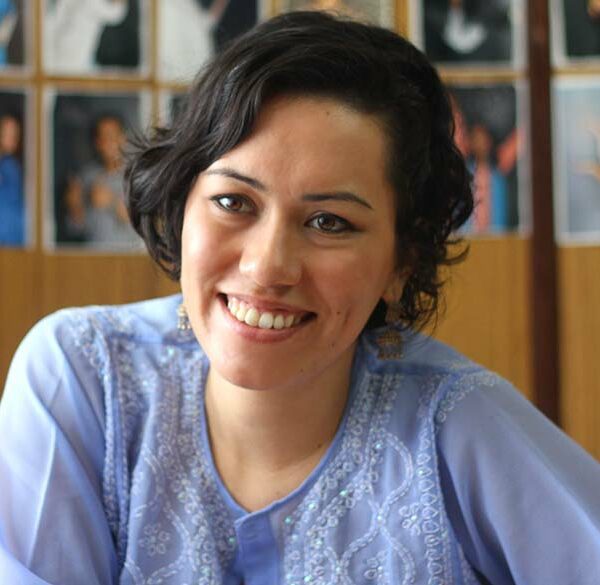Bollywood films are not always the best example to give when talking about narratives that have strong female representation. They are often mired in sexism and misogyny and seem as if they are sprouting from a patriarchal style sheet. But, it is undeniable that a few film-makers have been working hard to step out of the norm and create characters who are born from a sensitive and sensible outlook towards women.
There have been attempts since the birth of Bollywood to present equally deep and interesting female characters. Earlier, these films were created under the ‘indie’ genre, also commonly known as parallel cinema- a songless one, which didn’t have the ‘formula’ for commercial success in place, usually included larger than life heroes and heroines who were either sex symbols or demure bahus to be treated as arm candies. But in the last few years, especially in the wrapping decade, Bollywood tried to break away from this formula and big production houses came up with masterpieces that got much critical acclaim.
However, not many of these movies could go songless. Yes, they were not sexualised, but Kangana Ranaut danced to songs like ‘Banno Tera Swagger’ and ‘Maine Hontho Se Lagai Toh’, to contribute towards the ‘commercial’ parts of these seemingly indie films (Tanu Weds Manu 2 and Queen, respectively).
National award-winning writer Varun Grover, who has contributed towards the indie cinema with films like Masaan, in a statement to India Today, said ‘indie’ has become a marketing buzzword in the Bollywood industry but the country is still many years away from a genuine indie culture of strongly individualistic films made and distributed through independent channels.
It is a strong point to make because we have seen most of the commercial movies with strong female characters performing much better on the box office than the independent ones. You google any listicle highlighting strong female-oriented stories or characters, the movies in the list made before the 2000s will have indie names like Arth, Fire, Lajja, and Rudali, etc., but as you come closer to this decade, the names highlighted are ‘The Dirty Picture’, ‘Pink’, and ‘Queen’, etc, all backed either by successful commercial actresses or production houses, or maybe both.

In a small online survey, which Feministaa.com recently did within the urban working population, aged between 18 and 30, of metropolitan cities like Delhi and Mumbai, Pink (2016) was identified as the top movie with strong female representation by 16% of the respondents. A close second was 2014 release Queen which starred Kangana Ranaut as Rani, chosen by 12% of the respondents.
Other movies named in the survey included Akira (2016), Chak De! India (2007), Gangs of Wasseypur (2012), Life In a Metro (2007), Mom (2017), No One Killed Jessica (2011), NH10 (2015), Padmavat (2017), Bajirao Mastani (2015), Dum Laga Ke Haisha (2015), Masaan (2015), Ranjhana (2013), The Dirty Picture (2011), Tanu Weds Manu (2011), Udta Punjab (2016), Uri (2019), and Piku (2015).
It is interesting to note, very few of the indie movies made it to the top of the mind of respondents while answering the survey. On the other hand when they were asked to name strong female characters from any Bollywood film, they named characters like Laila (played by Kalki Koechlin in Margarita With A Straw), Simi (played by Tabu in Andhadhun), Nagma Khatoon (played by Richa Chadha in Gangs of Waseypur), Veera (played by Alia Bhat in Highway).
While the top choices were yet again Kangana Ranaut’s Rani (Queen), Taapsee Pannu’s Minal (Pink), and Vidya Balan’s Vidya Bagchi (Kahaani), names from movies Margarita With A Straw and Gangs of Waseypur found an interesting place, indicating that when it comes to identifying characters, people tend to look out of the common commercial spaces.
But most of you would agree that a better and strong female representation in the films have been on the parallel side, be it societal dramas of the 1950s, or the bold cinema of the lates 90s and early 2000s, which saw the rise of performers like Shabana Azmi, Smita Patil and Kalki Koechlin, and movie-makers like Deepa Mehta and Anurag Kashyap.
There the women characters are not justified with out-of-place well-choreographed dance numbers, their actions not defined by their ‘womanness’, and their identity is shown as a person and not a woman. It is important for the Indian audience to look beyond the realm of commercially successful films to find their inspirational women characters.












